Perfume traditions have shaped spiritual and social customs for thousands of years. Understanding traditions offers valuable insight into how different cultures use fragrance to express identity, celebrate rites of passage, and connect with the divine. Whether you’re a beginner or experienced perfumer, exploring these customs can inspire authentic blends rooted in heritage.
India: Sacred Scents & Ayurveda
In India, perfume traditions are deeply intertwined with Ayurveda and religious rites. Fragrant oils—known as attar or ittar—are distilled from flowers, sandalwood, and herbs. These oils:
- Purify temple sanctuaries and home altars
- Escort ceremonial processions with jasmine and rose
- Honor deities during puja rituals
Ayurvedic texts like the Charaka Samhita describe scent therapies for balancing the doshas. Perfume makers create ghritams (herbal-infused oils) for mental clarity and emotional harmony.
Middle East: Oud & Islamic Rituals
The Arabian Peninsula is famed for its resinous oud, a prized ingredient in Middle Eastern perfume traditions. In Islamic culture, fragrance embodies cleanliness—a religious duty encouraged by Prophet Muhammad’s teachings. Key elements include:
- Burning bakhoor (wood chips soaked in essential oils) to scent homes
- Wearing musk and ambergris during Friday prayers
- Infusing prayer beads with sandalwood oil
Oud caravan routes fueled historical trade, bringing exotic resins from Southeast Asia to the courts of Arabia, Persia, and beyond.
Japan: Incense Ceremonies & Kōdō
Japan’s ancient perfume traditions center on kōdō, the art of appreciating incense. Rather than overpowering the air, delicate scent ‘games’ reveal fragrances in layers:
- Burn small wood chips infused with aromatic ingredients
- Pass them among participants to identify subtle notes
- Reflect on the mood and memory each scent evokes
Kōdō classes train practitioners in “listening” to incense, fostering mindfulness through scent.
Europe: Perfumed Courts & Symbolism
From Renaissance Italy to Louis XIV’s “perfumed court,” European perfume traditions symbolized nobility and refinement. Highlights include:
- Catherine de’ Medici’s Italian perfumers introducing alcohol-based eaux de Cologne
- French glove-makers scenting leather as status symbols
- Victorian sachets of lavender tucked into clothing and bed linens
Perfume bottles themselves became art objects, reflecting wealth and taste.
West Africa: Aromatic Spices & Festivals
West African communities harness local spices—cloves, nutmeg, and ginger—to create celebratory fragrances. During harvest and initiation ceremonies, spice-infused palm oil is:
- Applied to dancers during masquerade festivals
- Offered to ancestors in libations
- Mixed with local florals for wedding perfumes
These vibrant scent blends honor lineage and community bonds.
Latin America: Florals & Folk Remedies
In Mexico and Central America, perfume traditions blend indigenous and Spanish influences. Common practices include:
- Crafting floral waters from Mexican tuberose and marigold for Day of the Dead altars
- Infusing herbal remedies with rosemary and lavender for healing baths
- Creating colognes with citrus peels and tropical blossoms
These traditions underscore fragrance’s role in both celebration and wellness.
Incorporating Cultural Traditions into Your Blends
- Research authentic ingredients—source true oudh, sandalwood, or tuberose distilled locally.
- Respect traditional proportions—study historical recipes to balance floral, woody, and spicy accords.
- Honor symbolism—choose scents that resonate with intended emotions or rituals.
- Document your process—record cultural references and personal impressions in your perfume journal.
Frequently Asked Questions
Q1: What are the most common ingredients in global perfume traditions?
Across cultures, floral extracts (jasmine, rose), resins (oud, frankincense), and spices (clove, saffron) appear frequently due to their availability and symbolic power.
Q2: How can I safely source traditional raw materials?
Purchase from reputable suppliers who provide botanical origin, extraction method, and sustainability certifications to ensure authenticity and ethical practices.
Q3: Can I blend ingredients from different traditions?
Yes—creative fusion can yield unique fragrances. Just be mindful of cultural appropriation: acknowledge the origins of ingredients and blend with respect for each tradition.






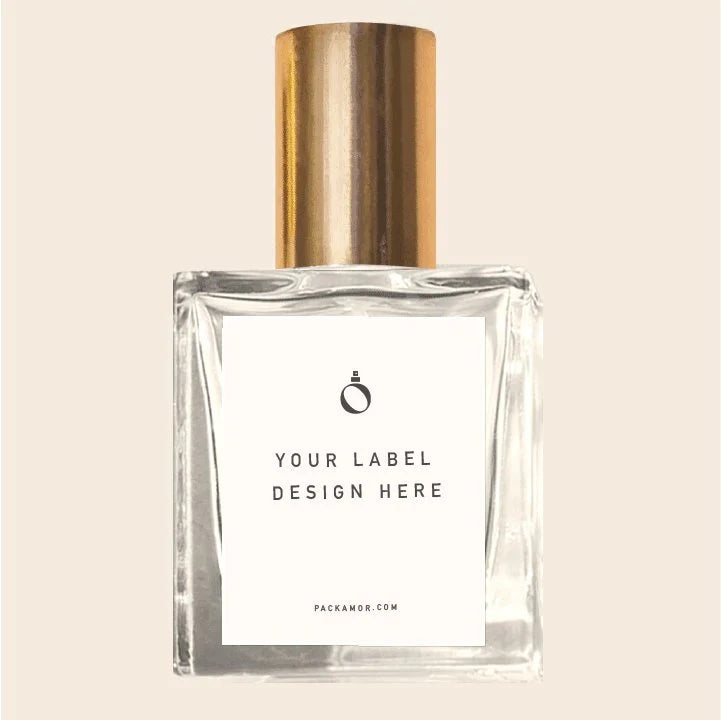
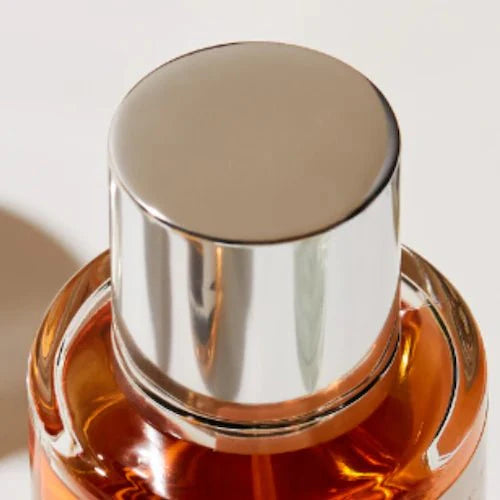
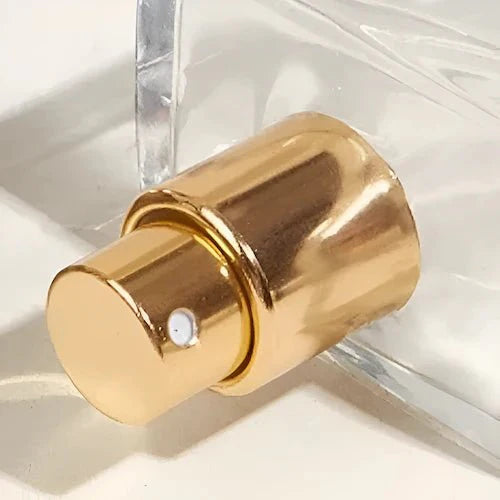
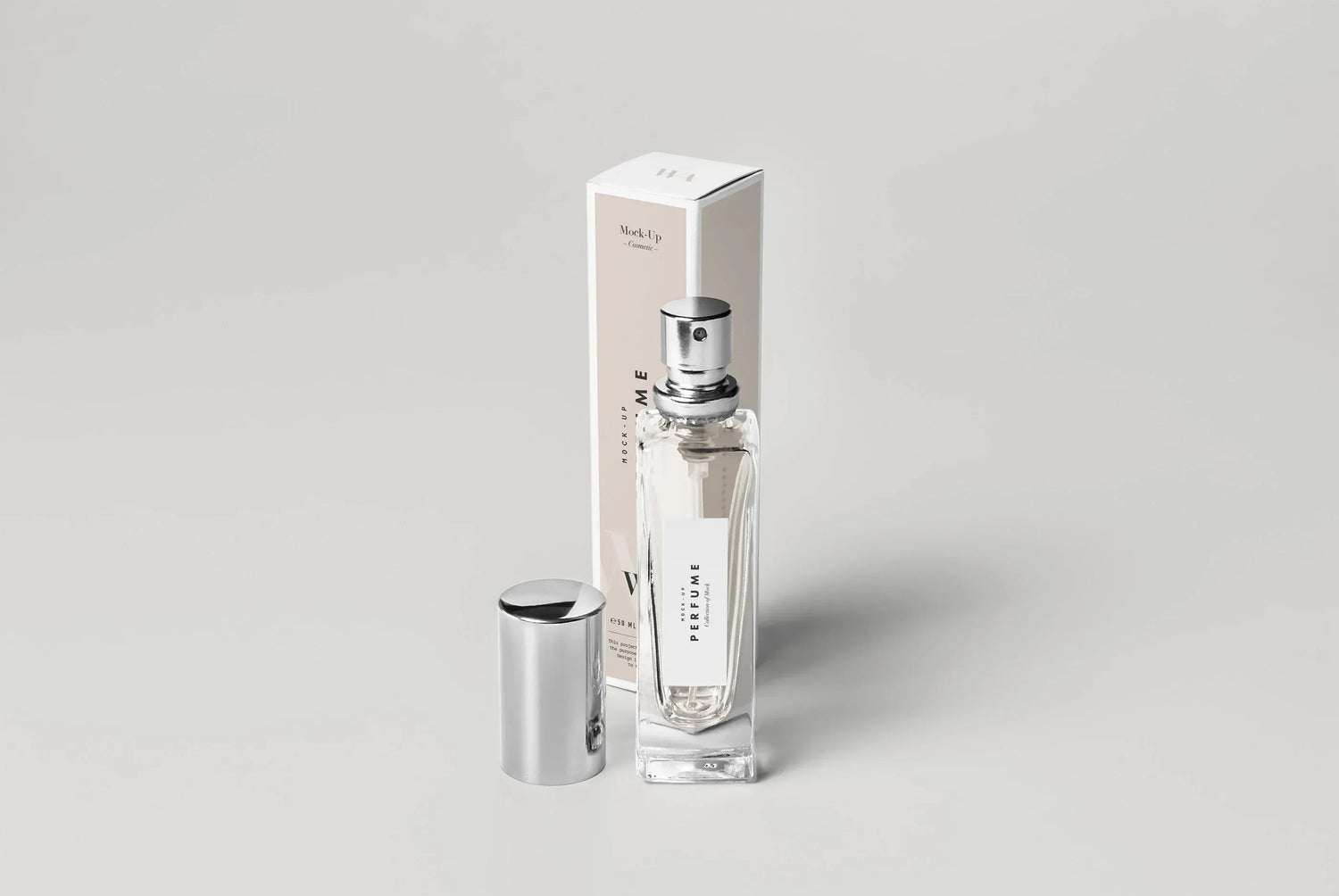
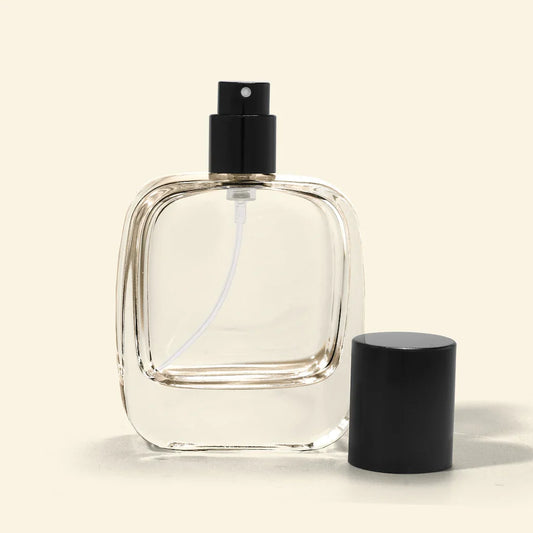
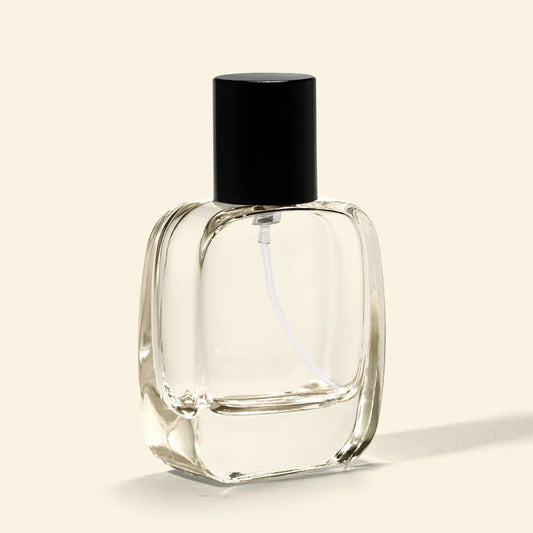
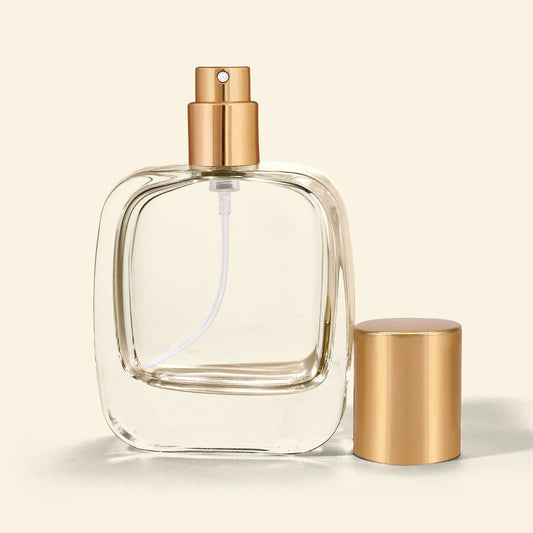
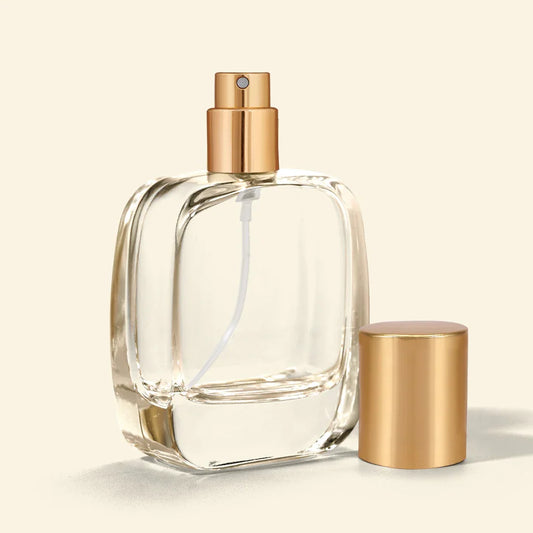
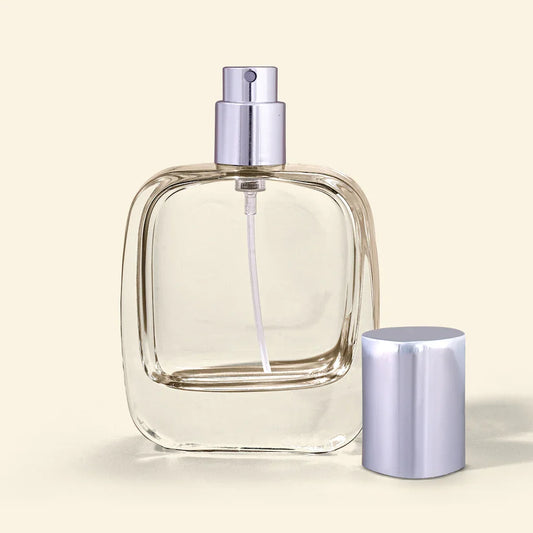
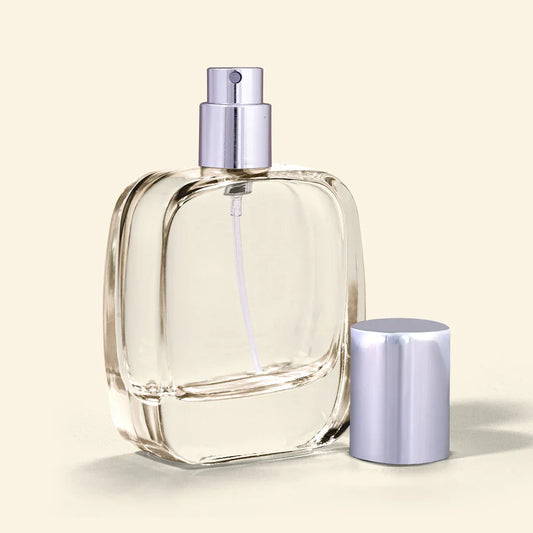
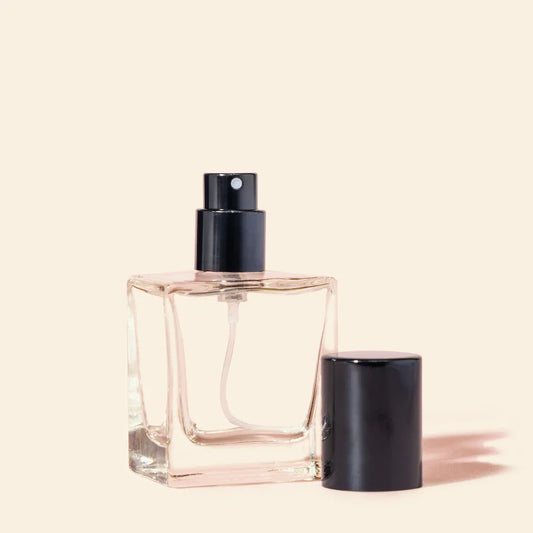
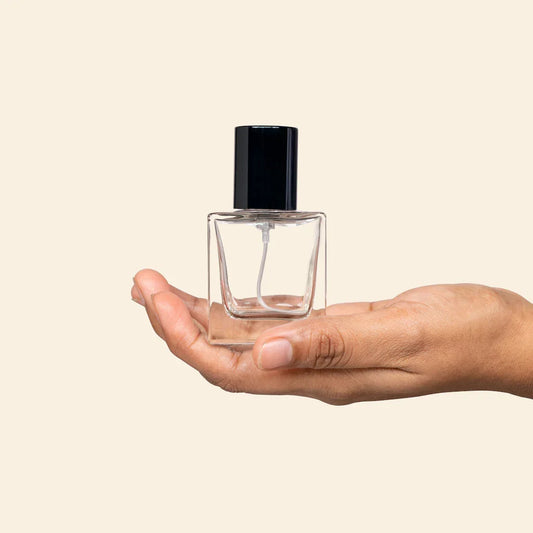
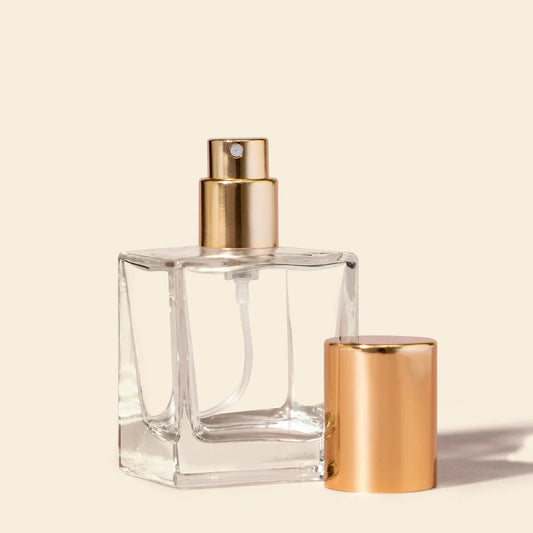
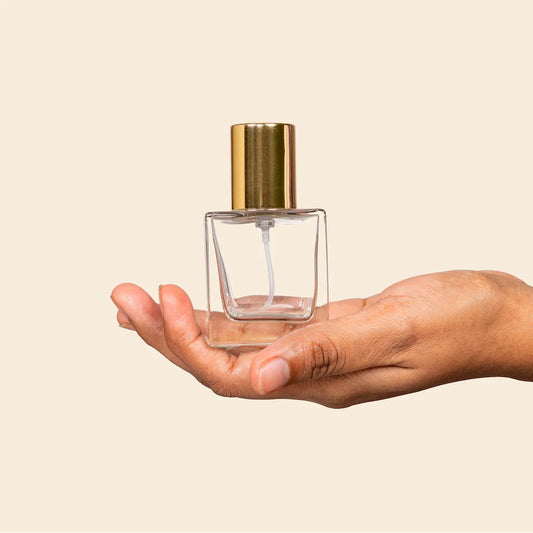
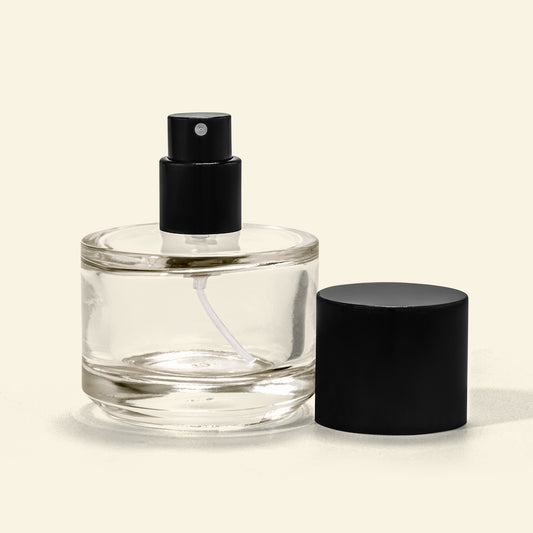
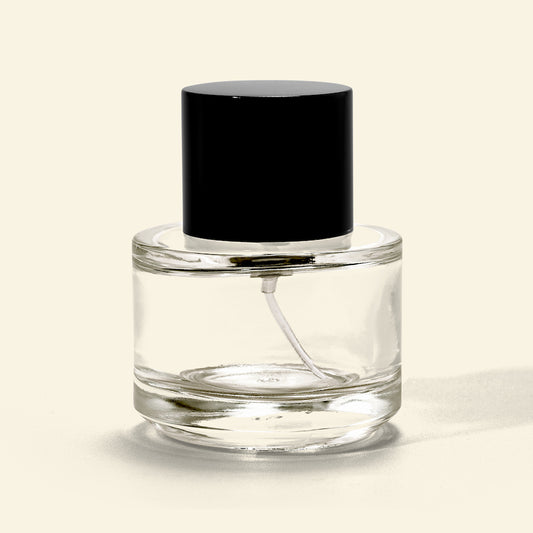
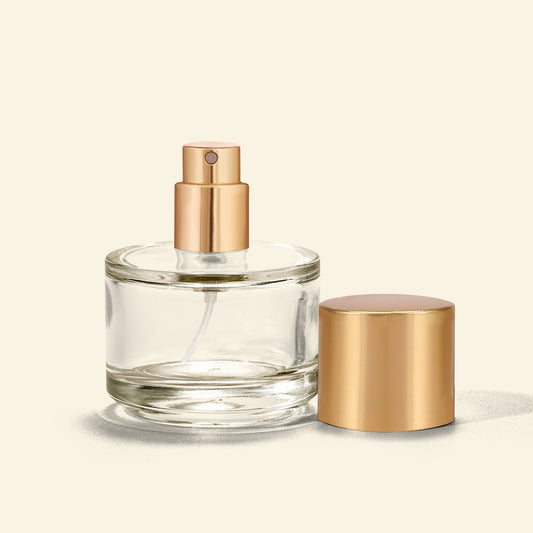
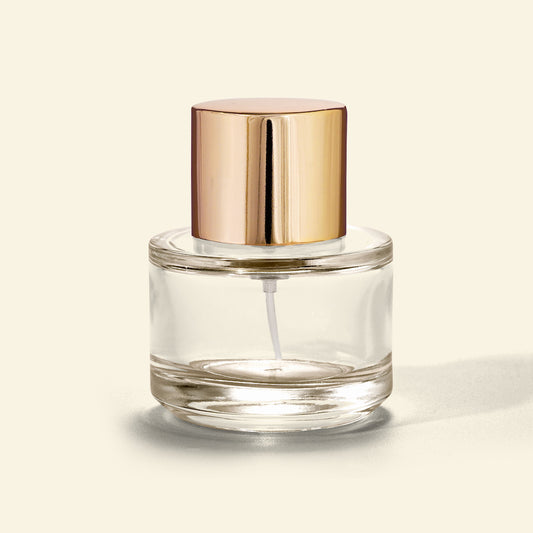
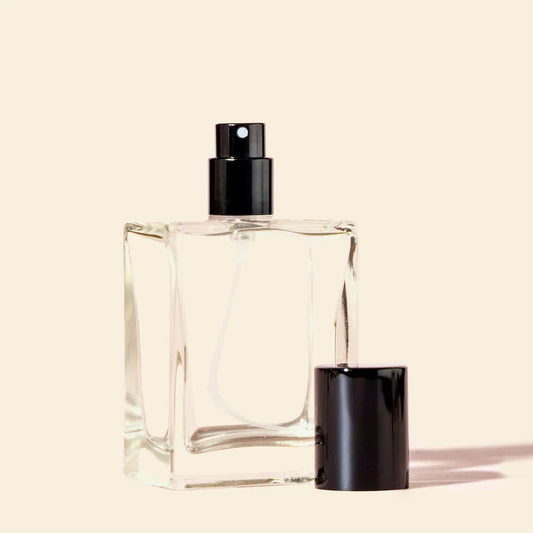
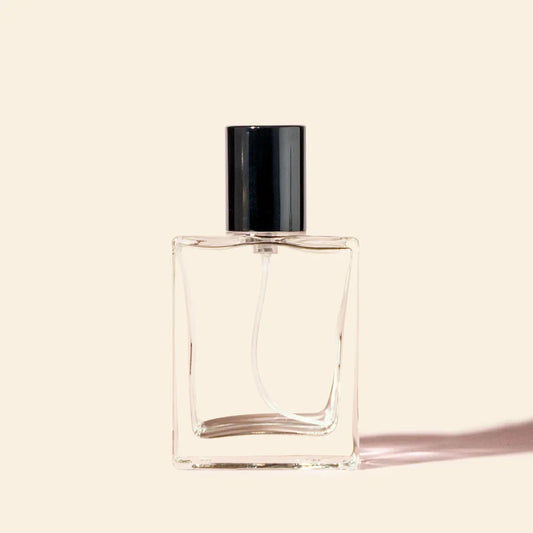
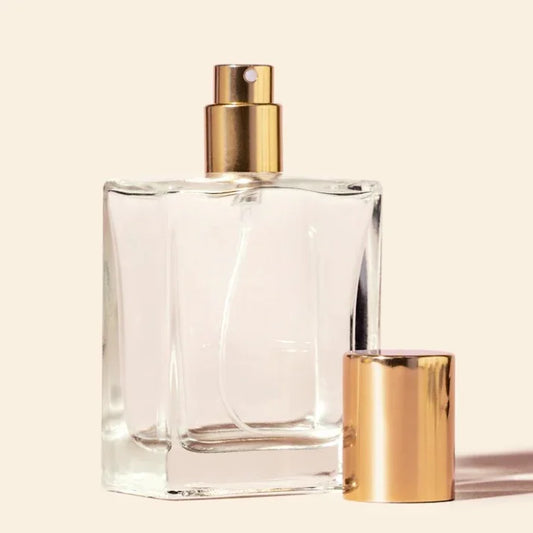
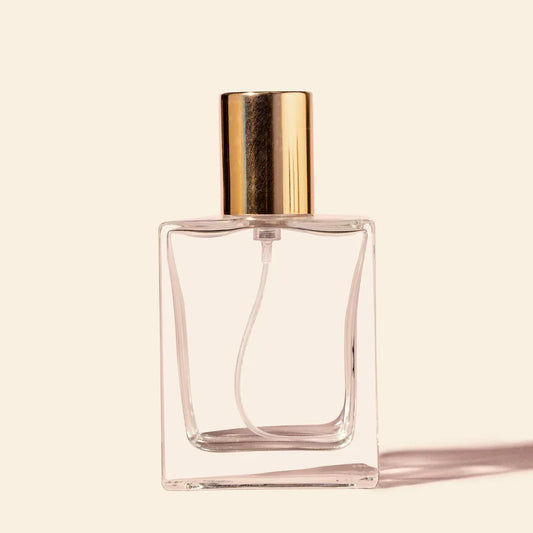
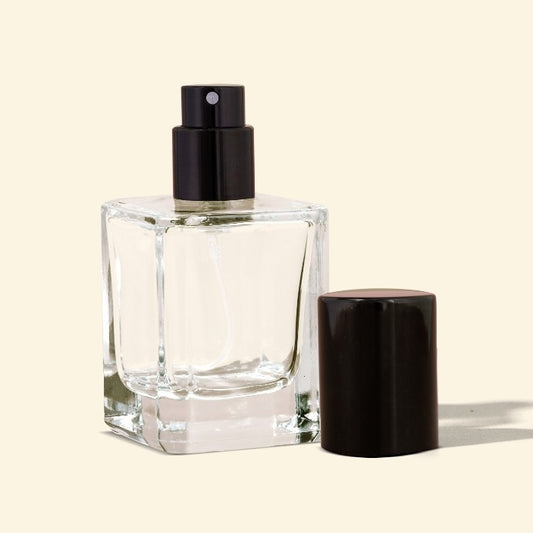
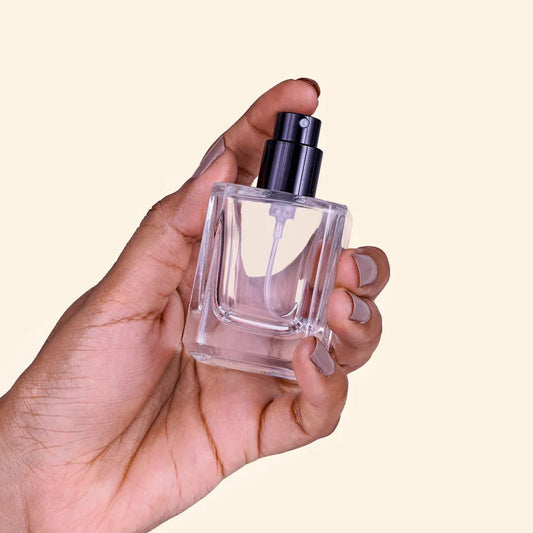
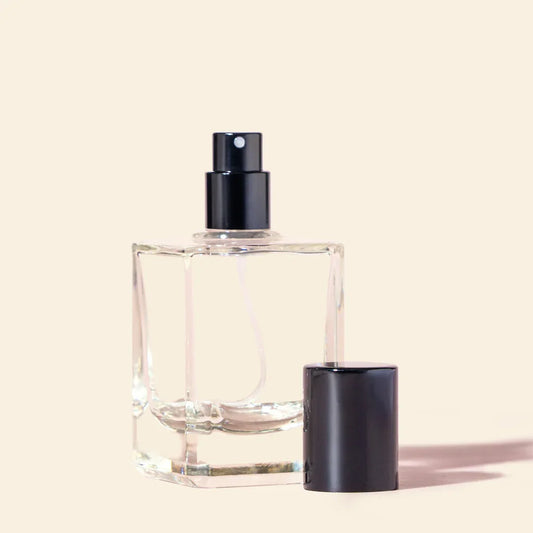
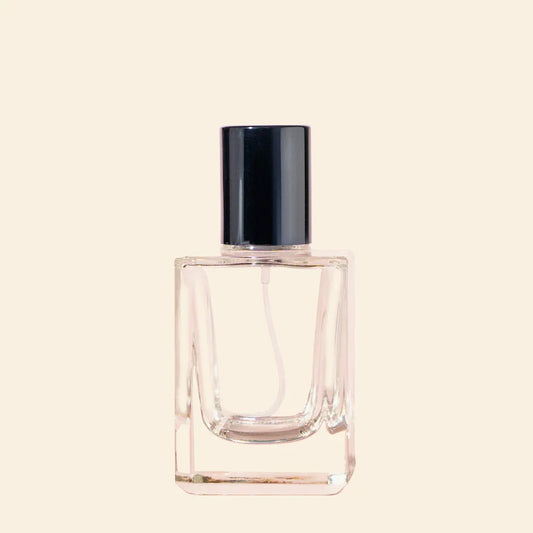
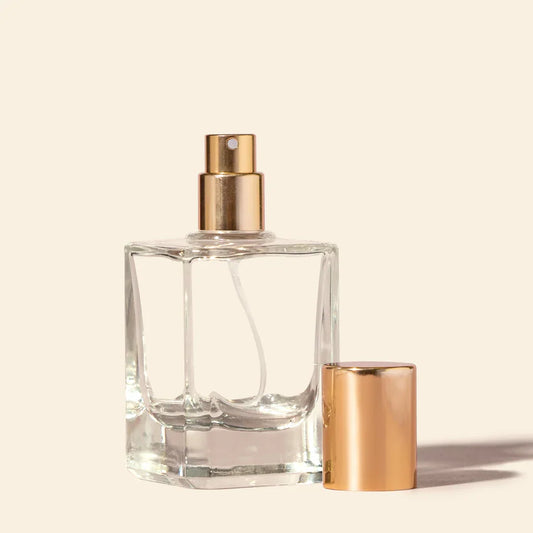
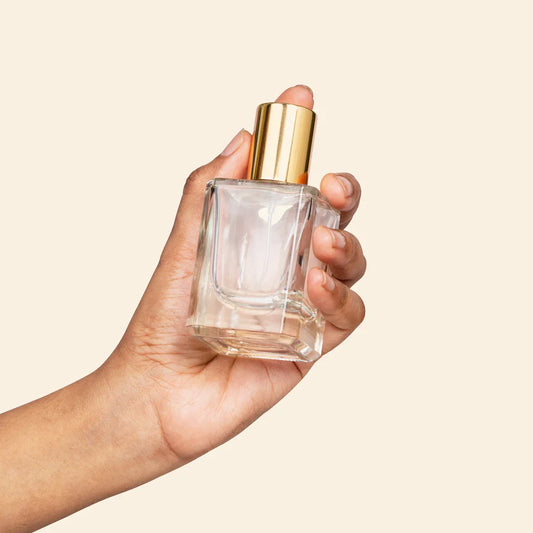
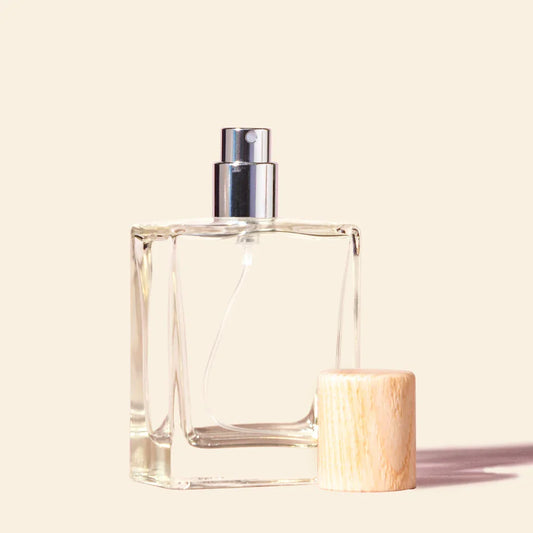
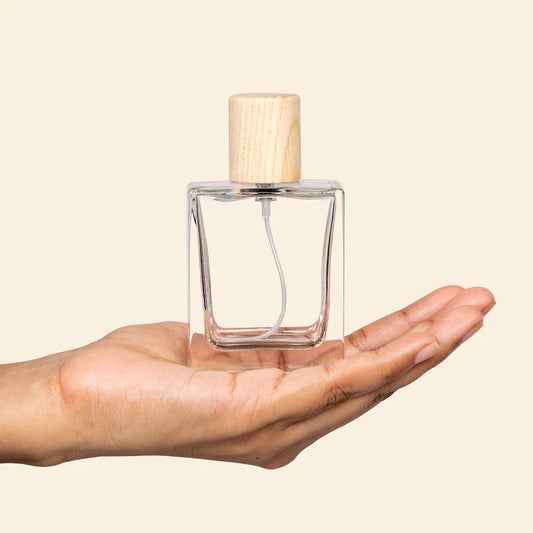
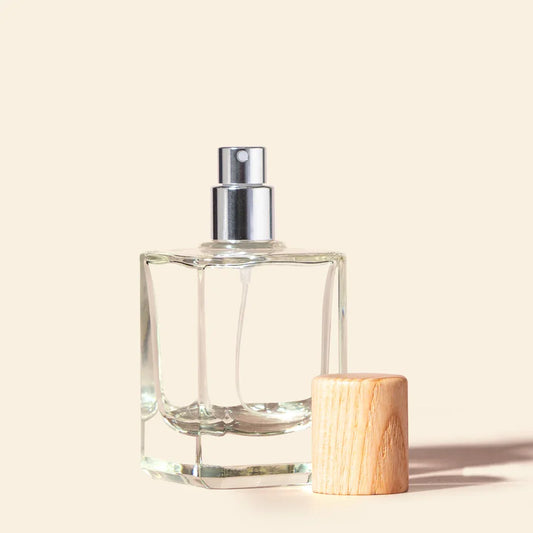
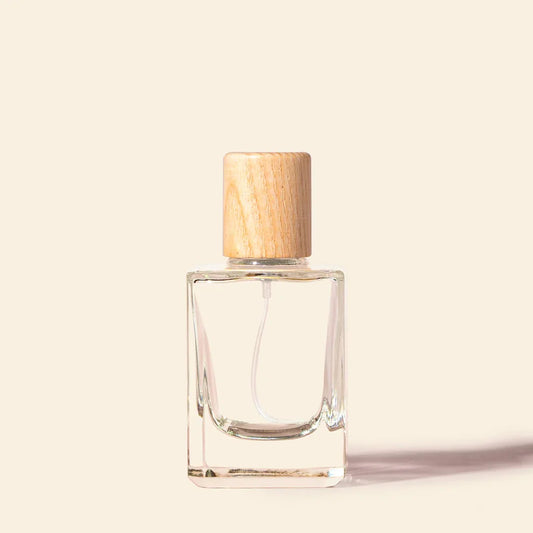


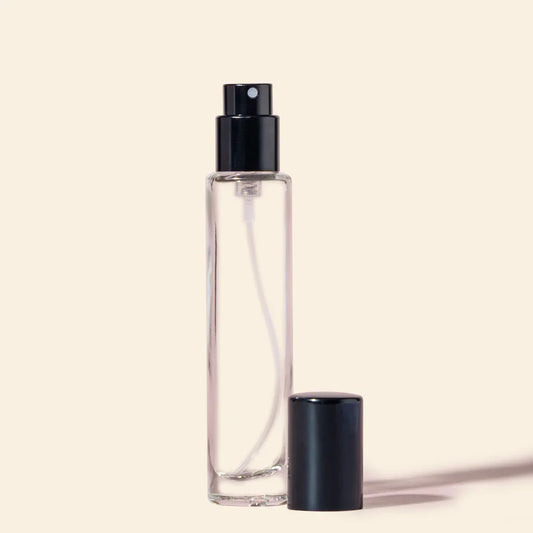
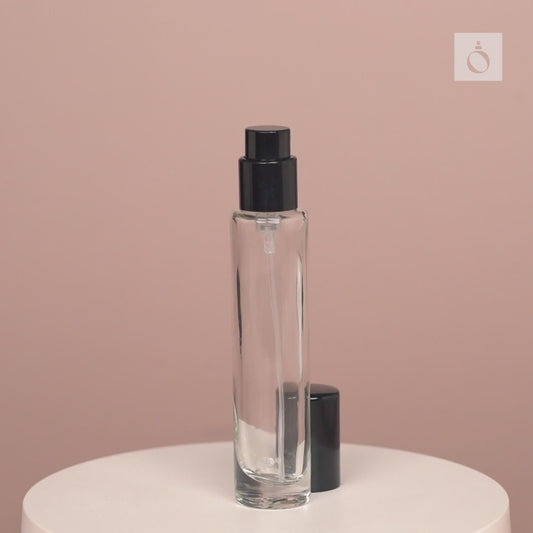
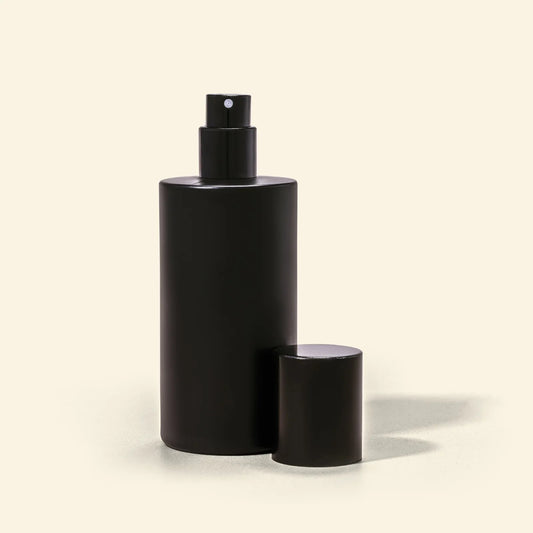
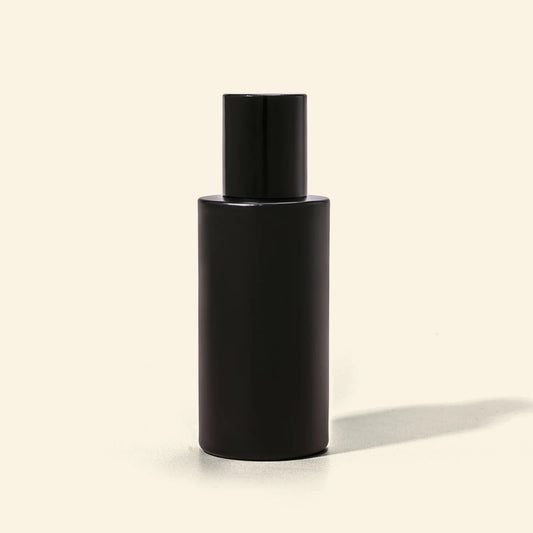
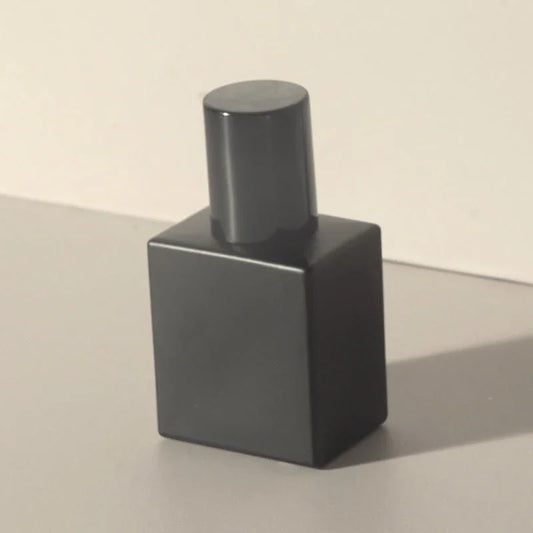
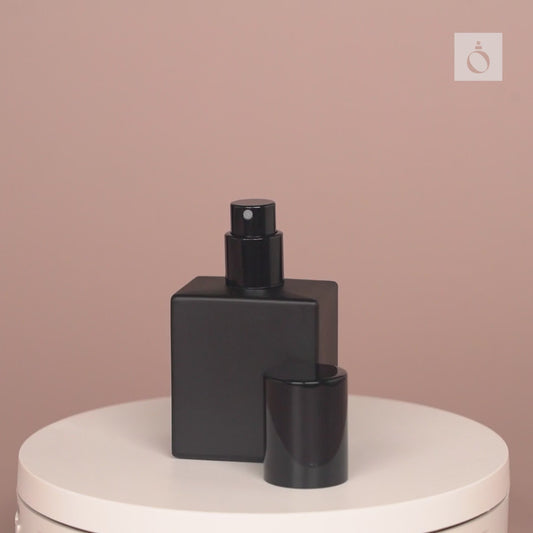
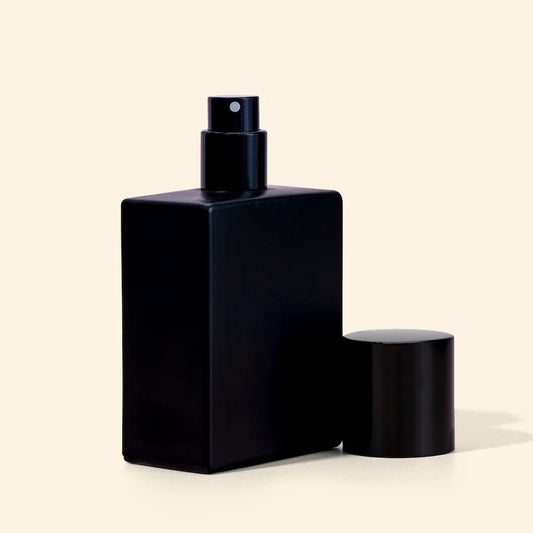
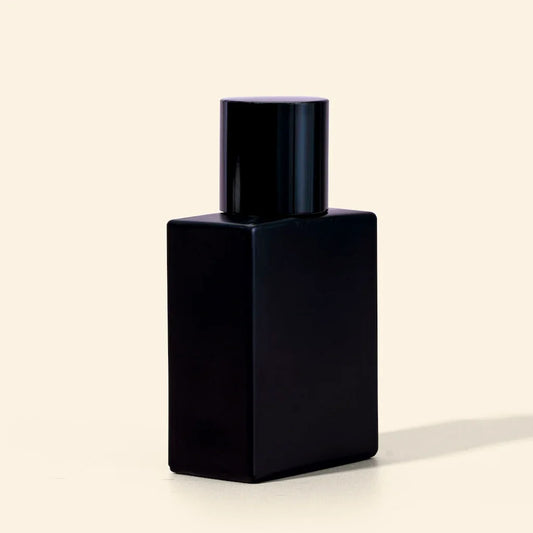

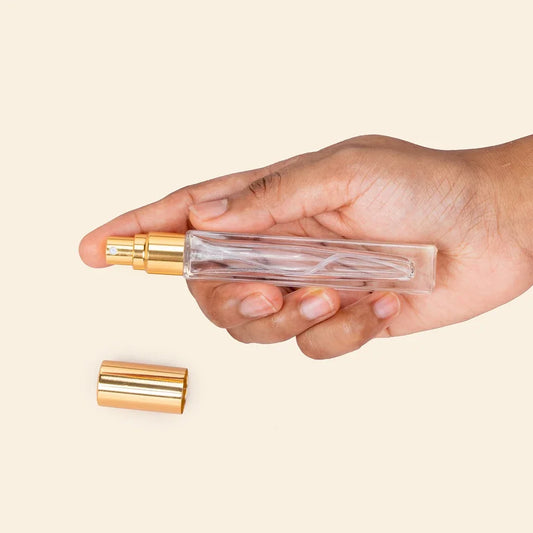
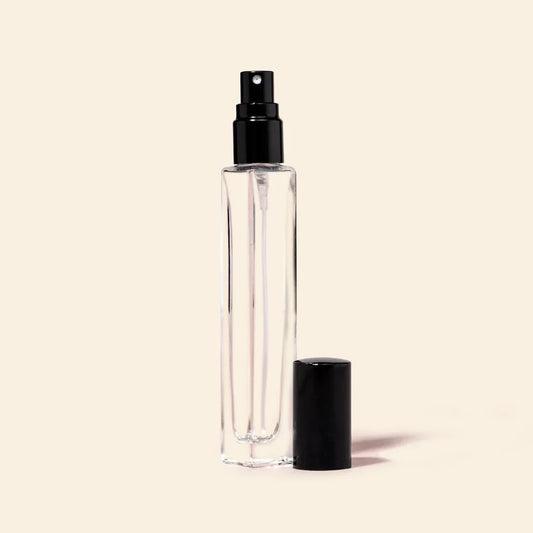
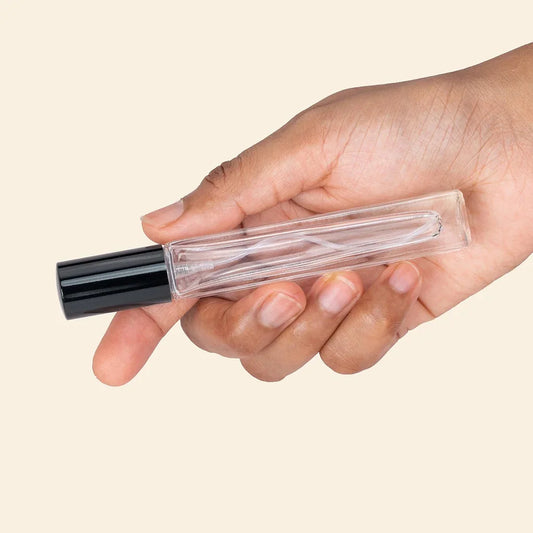
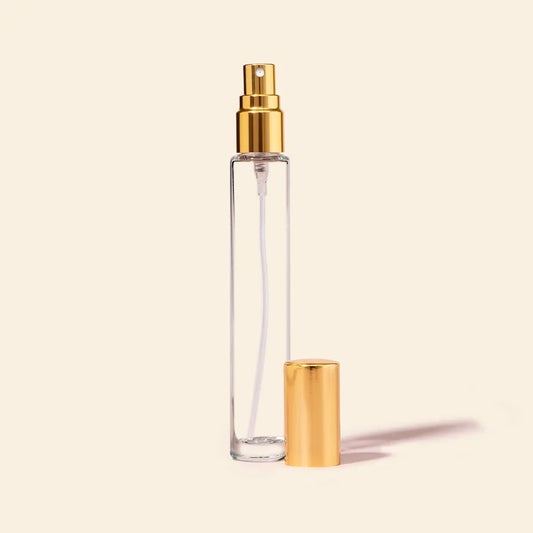
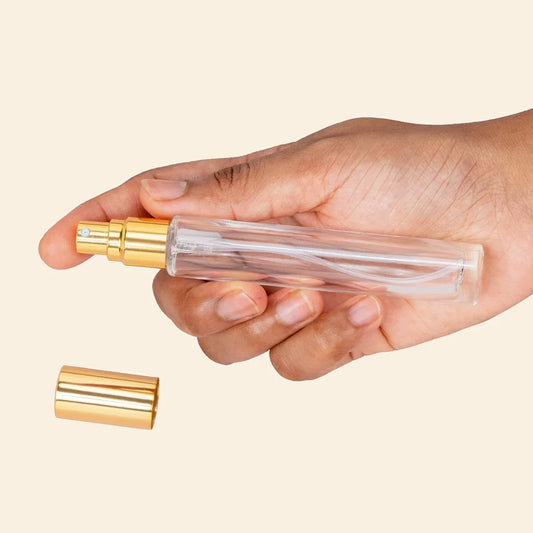
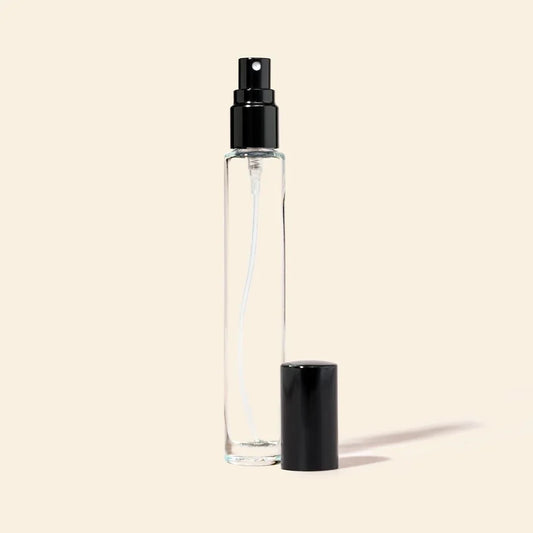
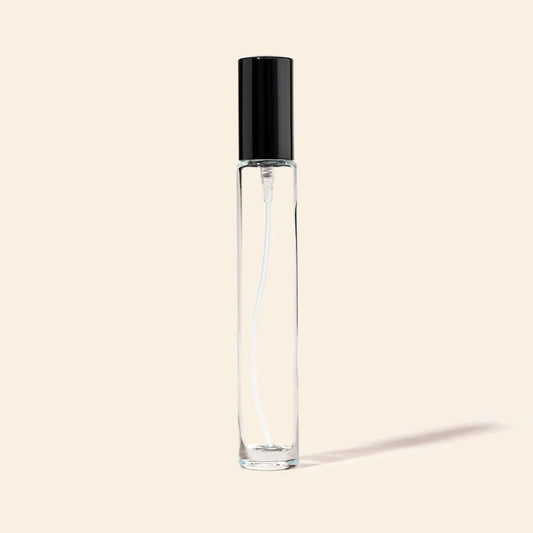
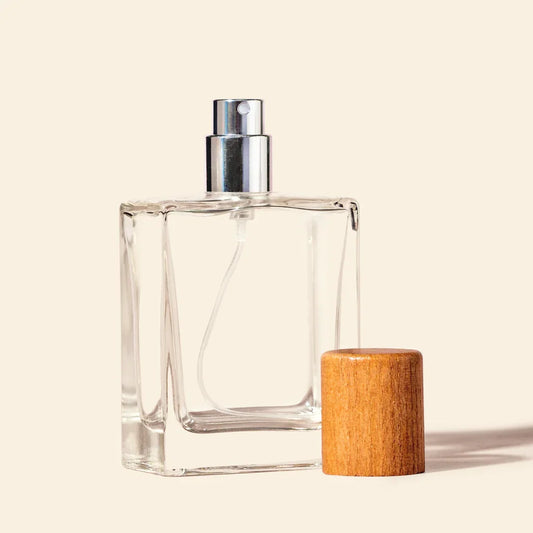
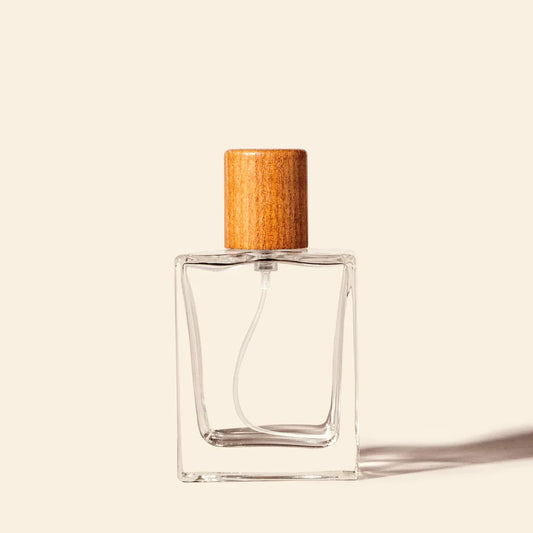
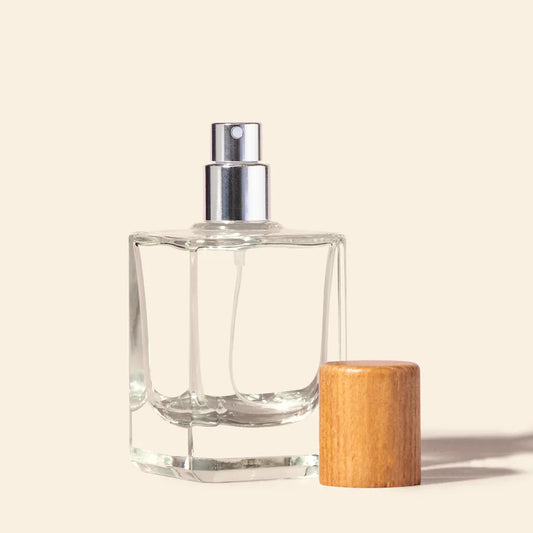
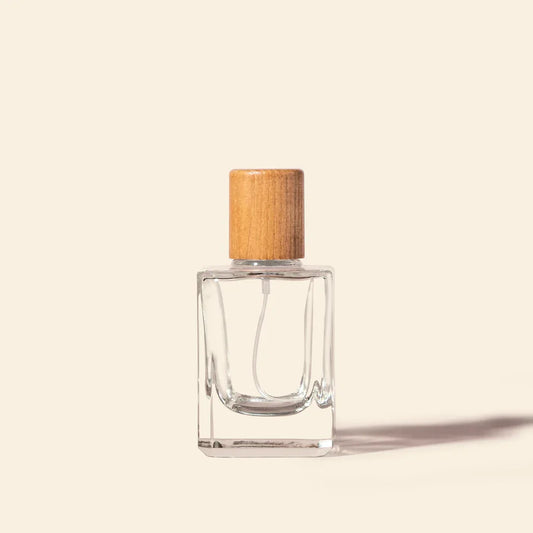
Leave a comment